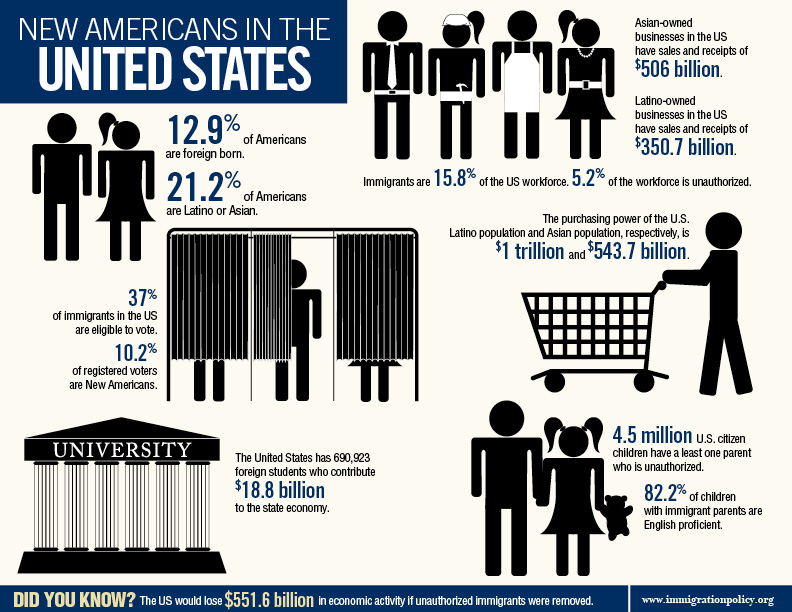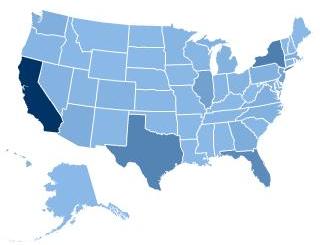State-level immigration laws don’t pay off. That’s the consensus from business and agricultural...
Get the Facts
Each year, approximately 65,000 undocumented students graduate from high school.
IPC in the News
Unreliable databases could cost even citizens their jobs
-
06/07/12
Nearly everyone agrees that our immigration system is broken and in desperate need of reform....


 The Political and Economic Power of Immigrants, Latinos, and Asians in the United States (Updated January 2012)
The Political and Economic Power of Immigrants, Latinos, and Asians in the United States (Updated January 2012)
